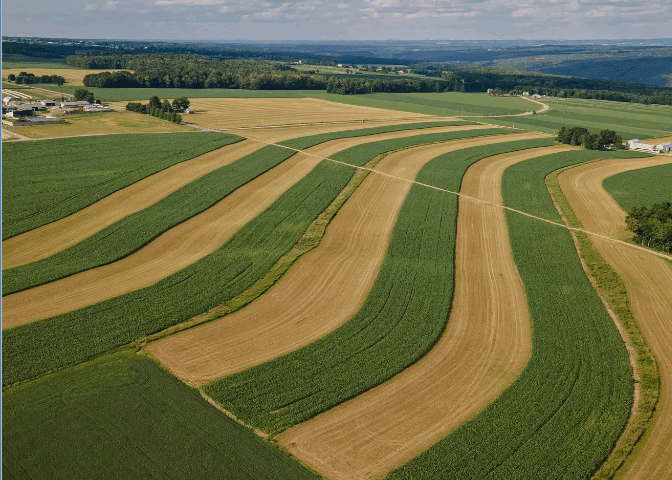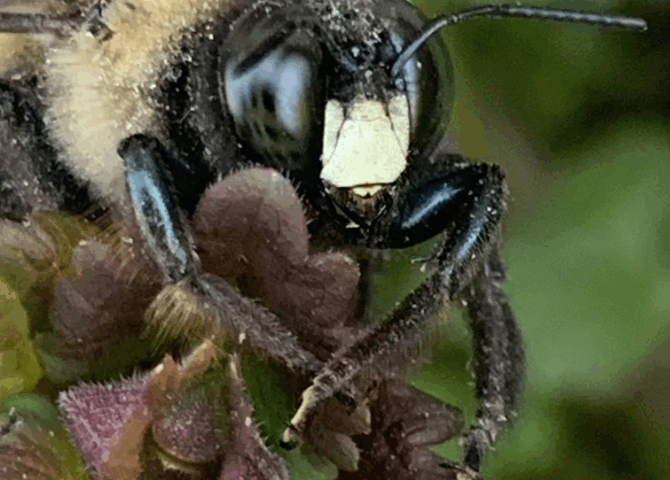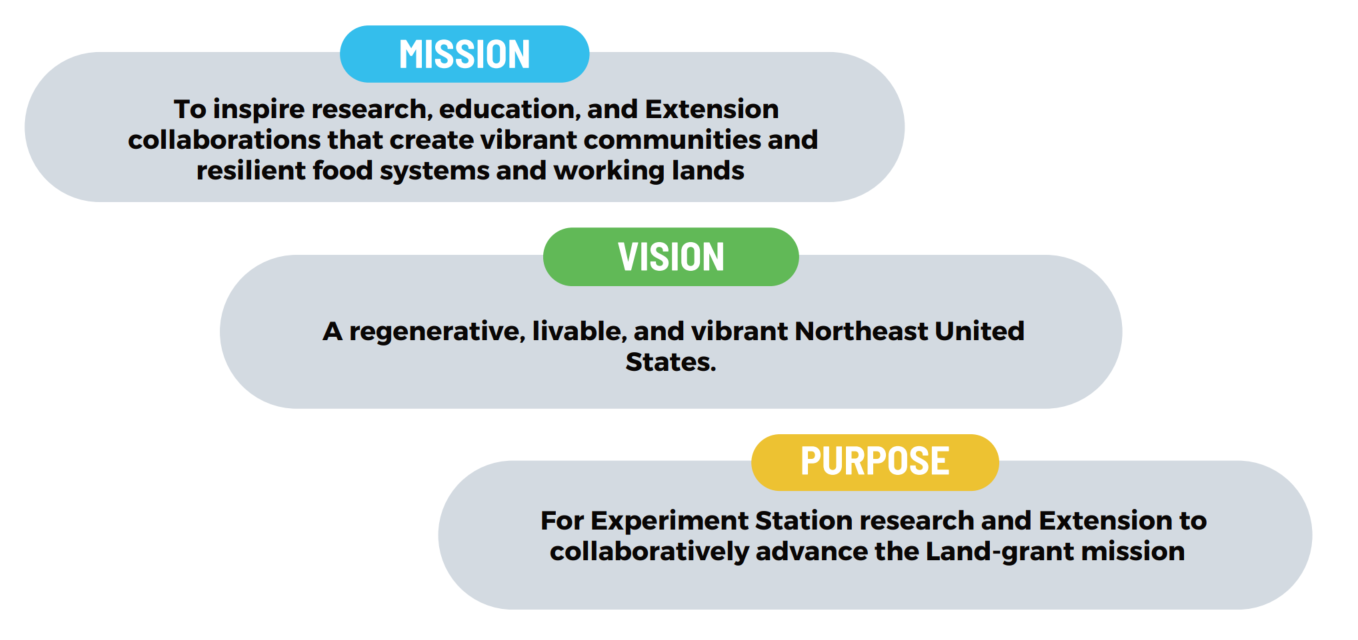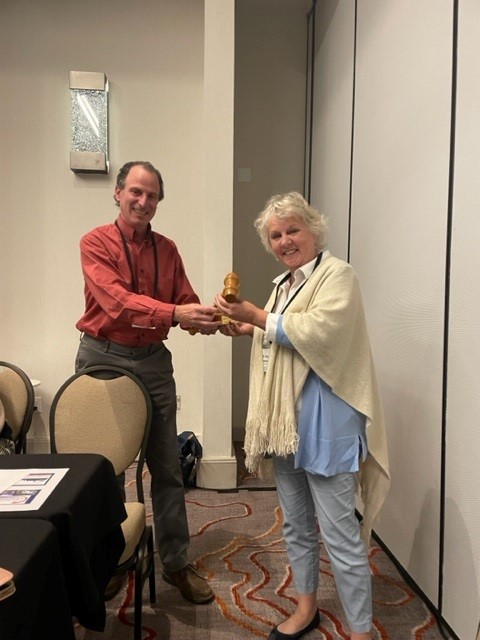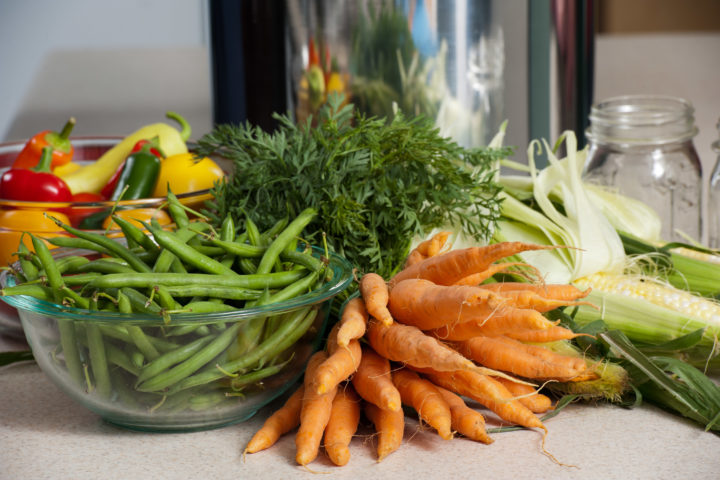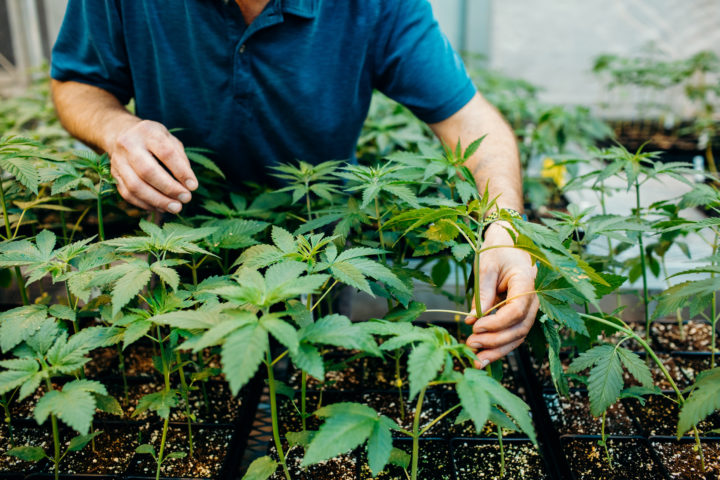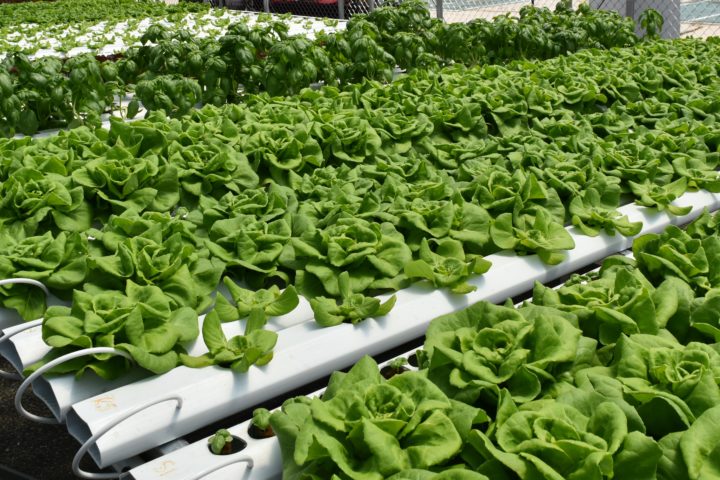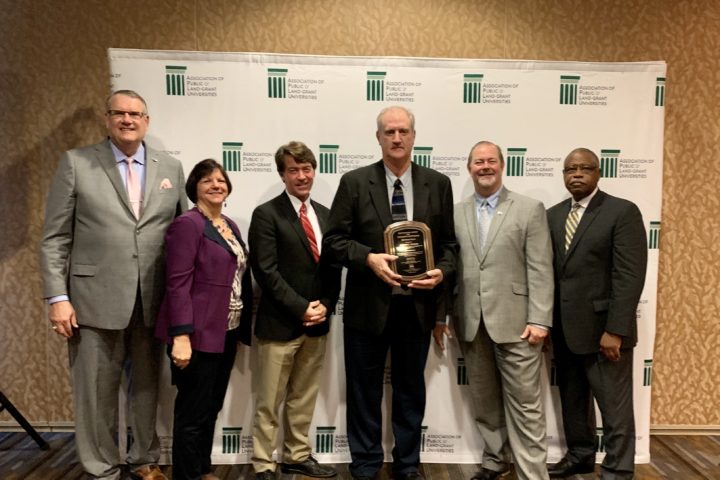
Article by Stacey Stearns, UConn Extension
Amber Guillemette, an Eastern Connecticut resident, couldn’t understand why she was tired and achy all the time in the mid-2000s. As a younger, fit person, it just didn’t make sense. But she easily explained away her symptoms by the increased stress at school.
Then, a routine doctor visit and blood test turned up Lyme disease – a vector-borne disease transmitted by ticks — and treatments began, along with ongoing medical challenges that she is still facing 17 years later.
“As a sophomore in high school, my entire life changed from a single tick bite, one I did not even witness,” Guillemette says. “It caused anxiety along with several food allergies that have followed me into my adulthood. I spent two months with a PICC [peripherally inserted central catheter] line and spent nearly all my time outside of school sleeping. That is when I was healthy enough to go to school.”
It’s a cautionary tale, and one that’s become more common as the incidence of vector-borne diseases steadily increases in the Northeastern United States.
Many people recall that finding ticks during their childhood was a rare occurrence, and activities such as playing in the grass, which previous generations enjoyed, are now seldom pursued by today’s youth. Multiple environmental factors, including climate change, are contributing to the rise in vector-borne diseases, including Lyme, throughout the Northeast region.
Land-grant universities in the Northeast have research and extension missions, and these are working cooperatively on multiple fronts to address the growing problem of vector-borne diseases, whether its Lyme Disease, West Nile Virus, Avian Influenza, or one of the many others targeting our region.
An Escalating Problem
Historically, vector-borne diseases were associated with tropical and subtropical areas, where the vectors – living organisms that carry and transmit the disease – could thrive. Many agencies and organizations, from the Centers for Disease Control and Prevention (CDC), the World Health Organization, and the Departments of Health, are all working to combat the health and safety concerns caused by vector-borne diseases. Land-grant university research and extension educational outreach are integral in helping inform these agencies and sharing their science-based resources as well, both with members of the medical profession and residents.
Climate change is an exacerbating factor, enabling an increasing number of these insects, including ticks and mosquitoes, to thrive in regions where they were not previously found, including the Northeastern part of the United States.
Other vectors include blackflies, fleas, lice, and sandflies, in addition to ticks and mosquitoes. They feed on the blood of a human or animal host, and in the process, transfer infectious pathogens. Increasing vector populations, along with the increasing geography of where they reside, are taking a bite out of human health and safety, along with that of domestic and wild animals.
Lyme, Connecticut, has an infamous history because of its association with the disease. In 1975, a group of adults and children in the area experienced arthritis-like symptoms, similar to those Guillemette described. It took physicians and researchers several years to determine the exact cause, but by 1977, it was traced back to the black-legged tick, Ixodes scapularis – known simply as the Lyme or Deer tick by many today.
Today, the CDC map shows that Lyme is rampant in the Northeastern United States, with growing incidences in the upper Midwest and areas of concern across the nation. By far, the highest number of cases is right here in our Northeast backyards. Variables including the expansion of the black-legged tick habitat, a longer tick season – partly due to climate change – and higher numbers of people spending time outdoors, mean that cases will continue rising.
Science-Based Solutions
The bite that vector-borne diseases take out of human and animal health and safety can seem daunting, but this is where research and extension from the land-grant universities in the Northeast are helping with science-based solutions.
The Northeast Agricultural Experiment Stations and Cooperative Extension System has multiple research and educational outreach programs to monitor, mitigate, and prevent vector-borne diseases. The initial step after identifying a disease is monitoring. The Connecticut Agricultural Experiment Station, the Connecticut Veterinary Medical Diagnostic Laboratory at UConn, the UMASS tick testing resources, and the New Hampshire Veterinary Diagnostic Laboratory, among others, all offer tick testing and disease surveillance. These services assist researchers and health officials in comprehending the prevalence of the issue, tracking its spread, and devising potential mitigation and prevention strategies.
Researchers use this and other data to inform their work. For example, researchers at the Penn State College of Agricultural Sciences use surveillance, analysis, and historical data to identify high-risk areas, look for ecological trends, and use all the data to create predictive models that asses tick-borne disease risk. This information is then shared with Penn State Extension and departments of health who develop educational outreach to help residents prevent disease.
Oddly enough, not everyone bit by a tick carrying Lyme disease contract the disease. Researchers at the University of Delaware are researching competition among strains and the patterns of human infection.
Funding for the research and extension initiatives included here is from the individual universities, the USDA National Institute of Food and Agriculture, and other sources, including the CDC.
References
- https://portal.ct.gov/DPH/Epidemiology-and-Emerging-Infections/A-Brief-History-of-Lyme-Disease-in-Connecticut
- https://www.who.int/news-room/fact-sheets/detail/vector-borne-diseases
- https://www.cdc.gov/climateandhealth/pubs/VECTOR-BORNE-DISEASE-Final_508.pdf
- https://www.cdc.gov/ncezid/dvbd/index.html
- https://www.vdci.net/blog/lyme-disease-3-reasons-it-is-on-the-rise-in-the-northeast/#:~:text=Reasons%20contributing%20to%20the%20seasonal,and%20increased%20human%20exposure%20seasonally.
- https://www.cdc.gov/lyme/datasurveillance/lyme-disease-maps.html

